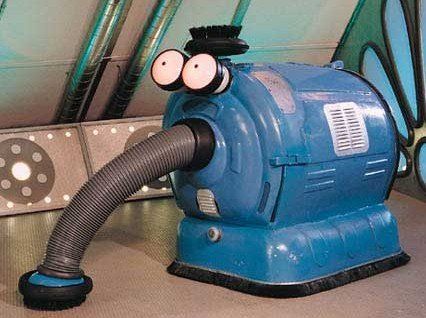Published Sunday March 3, 2013: Updated Tuesday August 19, 2014
Drilling the Wells
In 2009, when we first moved into our current house, I looked into getting a geothermal heat pump, but at the time, it was prohibitively expensive. Since then, technology has improved and so has the efficiency of our home. Thanks to this increased efficiency, the sizing requirements of everything (from the ground loop to the heat pump equipment) was now much smaller and in turn, less expensive.
Even though Utah has the cheapest natural gas rates in the nation, a typical ground loop heat pump will pay for itself in energy savings in only 5-7 years.
In Early February 2013, I found myself looking online at geothermal ground loop heat pumps. I might have given out my contact information on one of the websites because 10 minutes later, I received a phone call from Utah Geothermal, about a quote for geothermal at our house.
One week later their sales guy was at our house taking measurements.
One thing led to another and three weeks later, the drilling company Palace Geothermal was dropping off equipment at our house, preparing to drill.

Drill rig and pipe trailer.
Here is a video of the drilling process.

A large dumpster was used to collect the spent drilling water and material from the hole. As the dirt settled to the bottom of the tank, the water was re-used again and again for drilling.

When it came time to empty the dumpster, a large vacuum truck (I kid you not, it looked exactly this character from Tele-tubbies), sucked all the dirt and water out.

These 10' long 4" diameter drill pipes thread onto one another. There is enough pipe (pictured here) to drill a hole 360' deep.

Various drill bits.
Once the drill reaches the desired depth, the pipe acts like a temporary casing until the ground loop is set in place. The open drill bit allows the ground loop to be threaded through the drill pipe.

Attaching the drill bit to the first section of pipe.

A fire hydrant was used to quickly supply lots of water for the drilling process. The drill requires about 50 gallons of water per minute.

While the drill is spinning, water is simultaneously pumped down the center of the drill pipe. Material is forced up the outside of the pipe and into a holding tank (shown above) until a pump delivers the water and mud into a larger dumpster.

Those small "rock" looking things are actually chunks of sticky, ancient, Lake Bonneville sediment. They are polished smooth by the water, while being pumped up the outside of the drill casing.

These 1" diameter geothermal ground loops come in a matched set, 300' long wound into a single roll.

At the bottom of the ground loop is a 180° union. The fluid in the closed loop will circulate down one pipe and back up the other side.

Once the ground loop is fed down the center of the drill casing to the bottom of the hole, they begin to pull up the drill casing one section at a time.
The yellow "toilet ring" looking thing is a squeegee that removes the mud from the drill pipe as it is being pulled out of the ground.

When the last casing is pulled out, all that remains is the ground loop.
Not shown: Before they pull out the drill pipe, they pump down a bentonite clay grout that encases the ground loop, protecting it and thermally coupling it to the earth.
